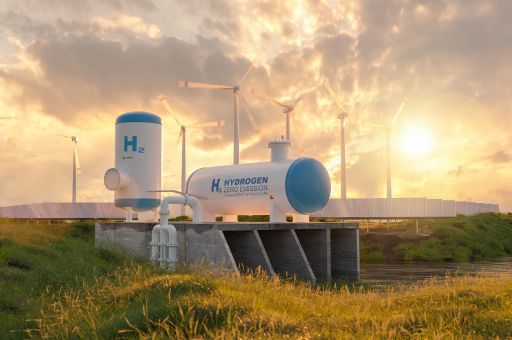A roadmap to drive renewable hydrogen production and build a solid, efficient hydrogen economy across the archipelago
The Balearic Islands have presented a comprehensive roadmap for the deployment of green hydrogen production, a key step in advancing the region’s transition toward a cleaner and more sustainable energy model.
Developed by the Balearic Institute of Energy (IBE), the plan is based on detailed techno-economic studies carried out within the framework of the Green Hysland project. The initiative brings together multidisciplinary teams including the University of the Balearic Islands (UIB), energy companies, and consultancy firms, ensuring both scientific rigour and alignment with the region’s economic and social needs.
TDB keeps you informed. Follow us on: Facebook, Twitter and Instagram
A long-term vision: toward a hydrogen economy by 2050
The roadmap looks ahead to 2050 and outlines the steps required to create a hydrogen-based ecosystem in the Balearic Islands. It identifies the most efficient applications of hydrogen, prioritises those with the highest potential economic and environmental impact, and defines the infrastructure needed to scale up production and distribution.
New Strategy to Boost Green Hydrogen in the Balearic Islands
“This is a living, realistic document — a practical guide built on solid information and public consultation with citizens and the local business community,” explained Diego Viu, Director General for Circular Economy, Energy Transition and Climate Change. “Developing this sustainable fuel will provide energy security, stability, and competitiveness, while creating skilled jobs, fostering new business models, and positioning the Balearic Islands as a benchmark in innovation.”
Key areas of analysis and action
The strategy examines several core areas, including:
- Potential for photovoltaic and green hydrogen production across the islands.
- Fuel cell-based applications in industry, road transport, urban and residential heating and cooling, and smaller-scale commercial uses.
- Decarbonization of maritime ferry terminals, integrating photovoltaic power and fuel cell systems into port facilities.
- Blending of LNG and hydrogen in existing vessels to reduce emissions.
- Implementation of cold ironing in the Port of Palma, allowing ships to connect to high-power shore electricity while docked, reducing engine use and air pollution.
A collaborative process with public participation
The roadmap has been designed with input from companies and sector associations whose activities may adopt hydrogen technology, ensuring alignment with local business needs. In July, a working session was held in partnership with the Cluster for Ecological Transition of the Balearic Islands (Clúster TEIB), bringing together three main working groups focused on transportation, hydrogen storage and blending, and future industrial applications.
Public consultations were also included in the process to ensure citizen participation and social support for the energy transition agenda — a crucial factor for the roadmap’s success.
Strategic impact
By laying out this plan, the Balearic Islands aim to establish the foundations for a cleaner, more competitive, and sustainable energy model. The roadmap will guide public policy, reduce investment risks in this emerging sector, and position the region at the forefront of Europe’s green hydrogen initiatives.
